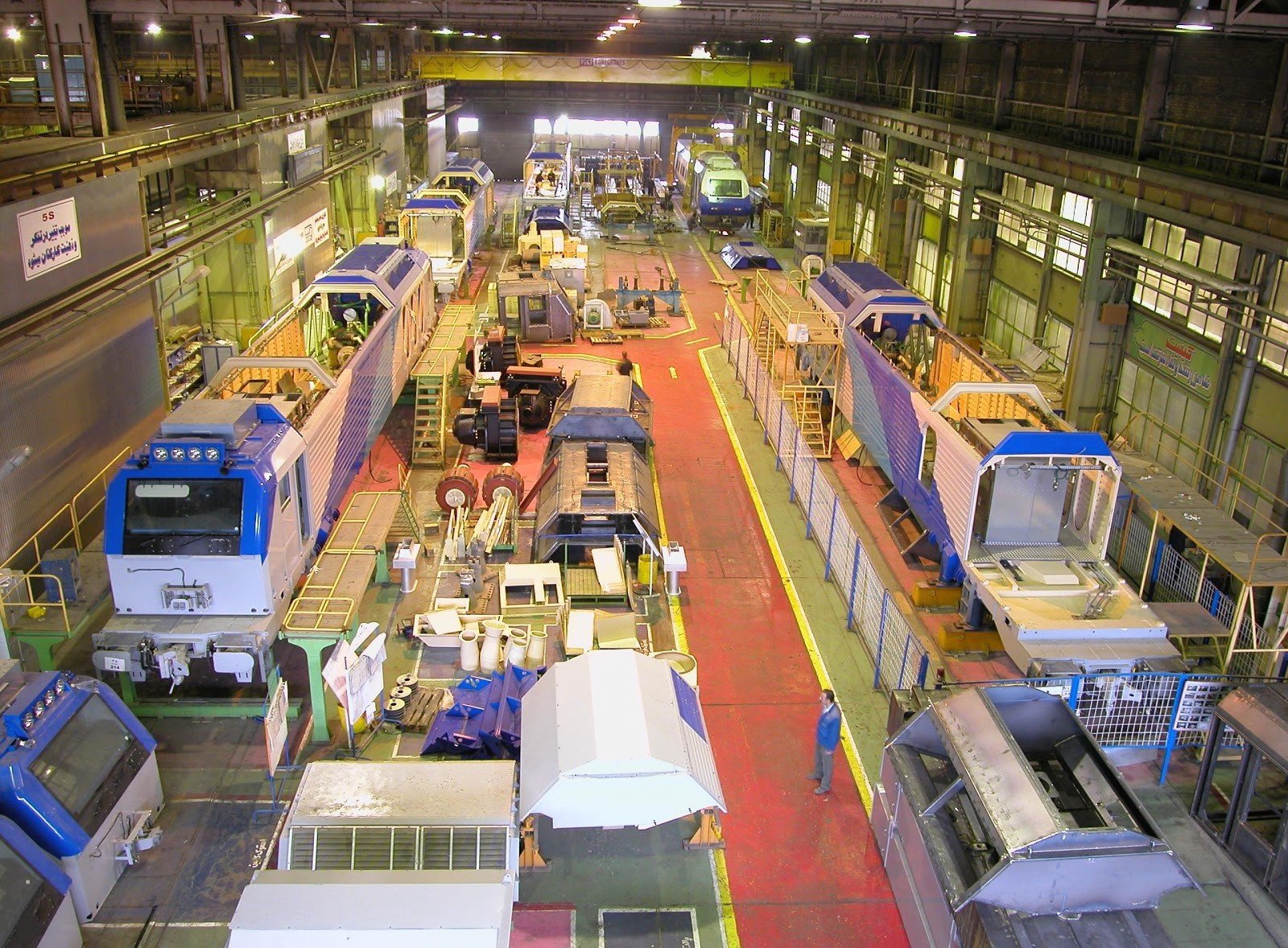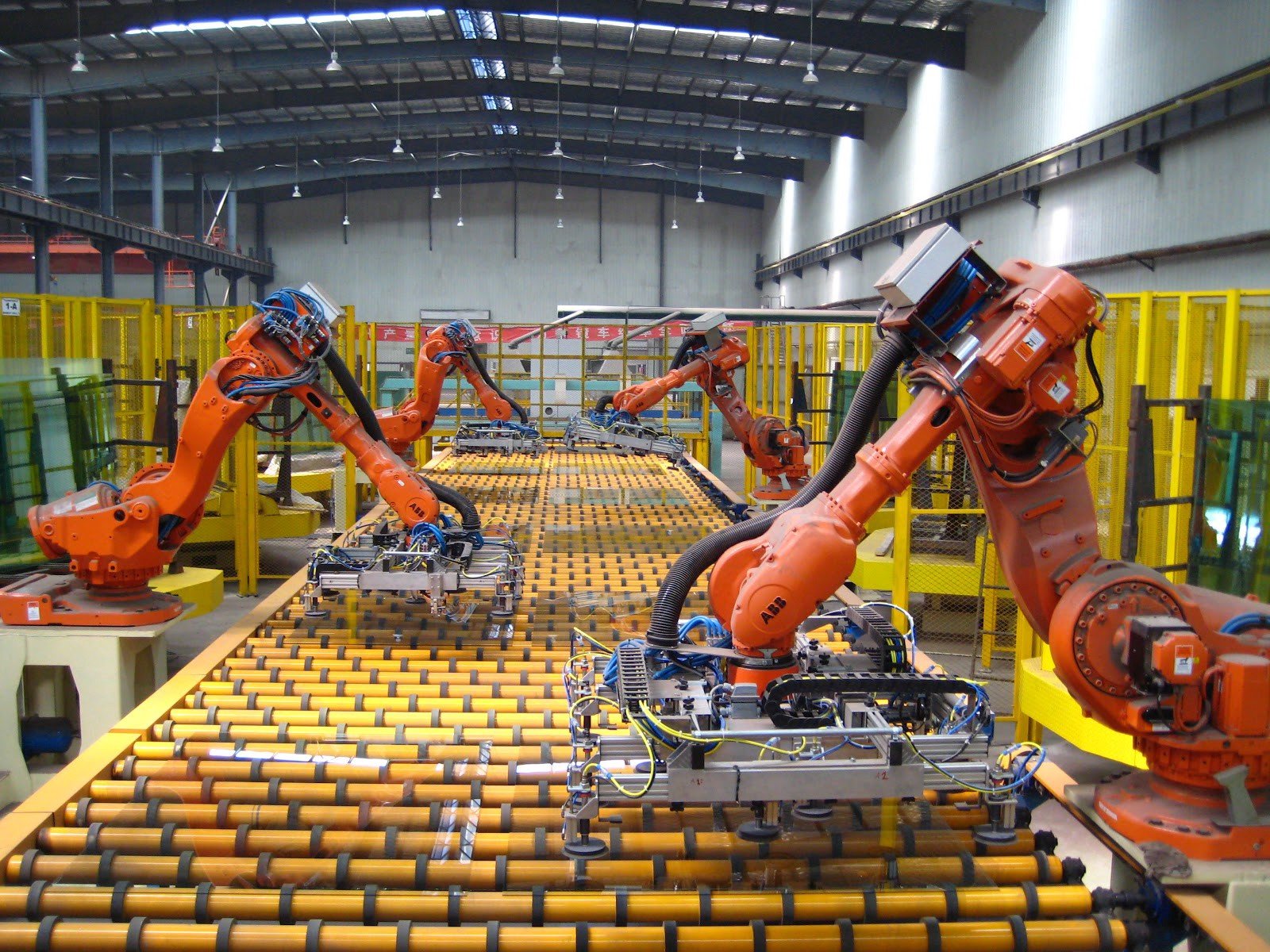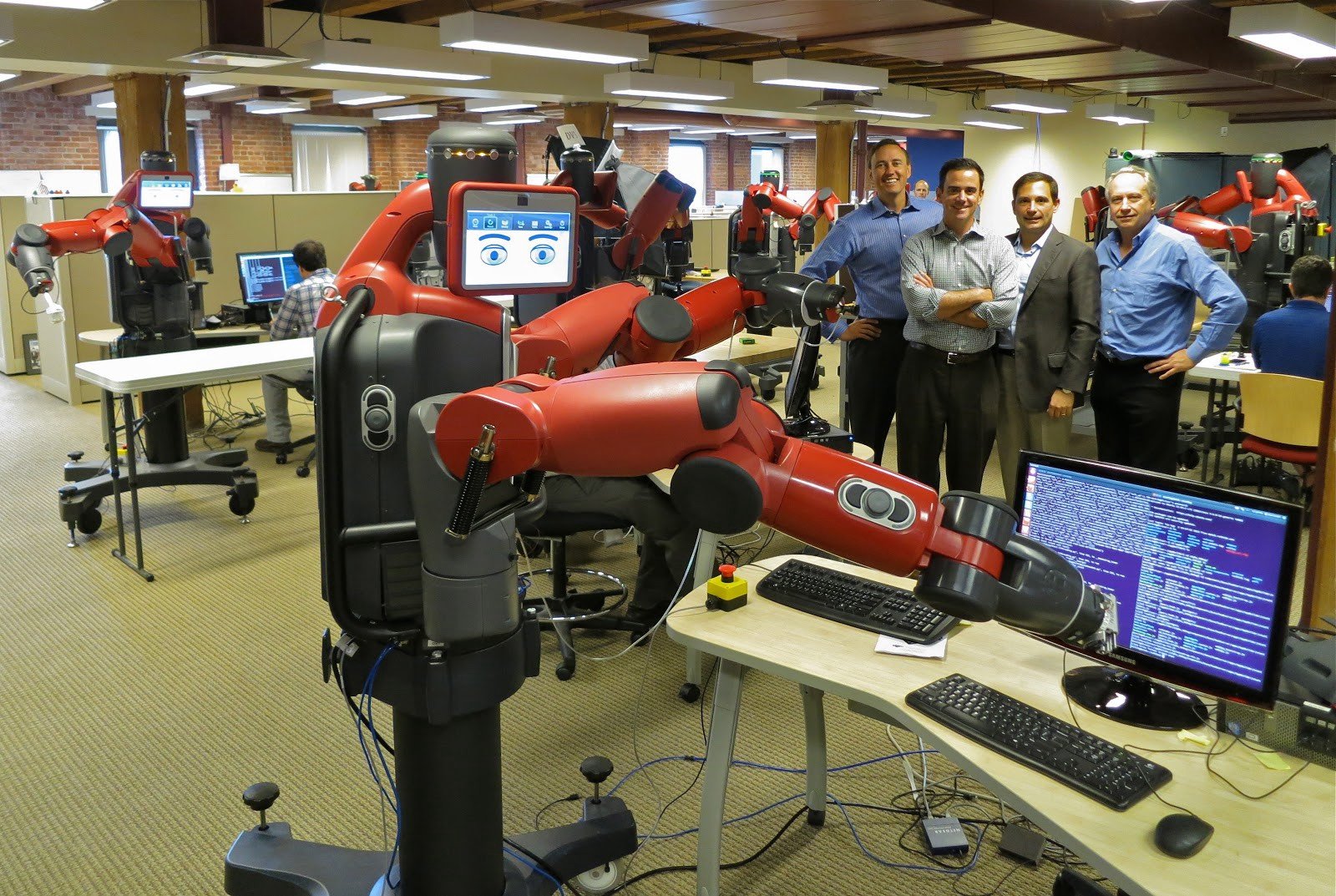It’s no secret that the fourth industrial revolution is taking the world by storm. There are dozens of articles published each month regarding Industry 4.0 advancements, how it’s making an impact on the world, and how competitive manufacturers are implementing this technology in their plants to improve the performance of their workforce and to make more with less.

The problem is that manufacturers have more pressing things to focus on like producing a quality product and improving operations, etc. They don’t have time to read dozens of news articles each month. In response to this need, we’ve decided to start this new blog series; This Month In Industry 4.0. We will talk about the most relevant technological improvements and news in the space and. While many news articles tend to be long-winded and wordy– none of that here. We’ll tell you what you should know in under 1,000 words. Let’s get started.
What’s In Store In the Fourth Industrial Revolution
According to Harry Armstrong, senior researcher of technology futures at Nesta (UK), cloud computing/IoT and data analytics aren’t the end game in Industry 4.0. Armstrong explains the ways that data can and will be used in smart factories to make more informed decisions and small adjustments that promote continuous improvement and long-term competitiveness. Although the future of Industry 4.0 is bright, the article also outlines potential challenges that the implementation of smart factory technology will face, including data security/privacy, worker displacement, and industry adoption.

Armstrong outlines the use of AI in tandem with cloud computing such that consumer devices would be able to gather data beyond factories. This would require factories to constantly gather data that is automatically sent to various databases, making cloud storage increasingly more appealing to manufacturers over data historians and in-house storage solutions. With providers such as the Google, investing billions in the security and scaling of their Google Cloud Platform, cloud storage is easily becoming the most cost-effective and secure database solution, alleviating the the burden of IT overhead from the factory.
As far as worker displacement, Armstrong explains that although some tasks will indefinitely be automated, robots won’t take every job, and decisions on how these automated processes will work still need humans– there are still jobs for factory workers. . We believe there will be plenty of them, which is why we created a product that is easy to use for workers of all skill levels. Armstrong says, “There’s a responsibility for companies and governments to design jobs in a way that technology complements them, rather than taking them over.” Industry adoption will gradually occur, and with CEOs and other leaders being under pressure to improve their operations, the need for more smart factory solutions will become apparent.
Why Industry 4.0 Is The Future Of Manufacturing
CXO Today touches on Industry 4.0’s adoption by taking a step back and analyzing the market data to see what is really trending in the manufacturing industry. By 2020, over 30 billion devices in the world will be connected to the Internet, with immense amounts of data generated each day, and growing. In addition, they mention four megatrends in relation to the future of manufacturing.
Trend 1: Demographic Shifts
With populations all around the world fluctuating, the future may seem difficult to predict. Although estimations on the growing middle class or the consumer market are debatable, one thing is for sure; investing in technology that amplifies the current workforce is an important value-add for any factory.

Trend 2: Globalization of Future Markets
With productivity increasing heavily as smart factory technology is implemented in the coming years, worldwide exports are expected to triple by 2030. Developing countries and BRIC countries (Brazil, Russia, India, and China) will see an impressive GDP growth. MINT and MIST countries (Mexico, Indonesia, South Korea, Turkey, Nigeria) will also be in a great market position. However, the U.S manufacturing industry still remains the biggest investor in big data and analytics and is on track to remain competitive due to this access to advanced technologies and materials.
Bottom Line
Although the technology behind the fourth industrial revolution is undoubtedly going to change manufacturing, the overall impact to the industry will be positive for competitiveness and job performance. A common aspect to innovation people tend to ignore is market adoption/ignorance, especially if a product or service challenges industry norms. In order for the vision of Industry 4.0 to become a reality, manufacturers will need to evolve along with the technology it plans to leverage by understanding that the right Industry 4.0 solution empowers their current workforce and enables their factory to produce more with less.


